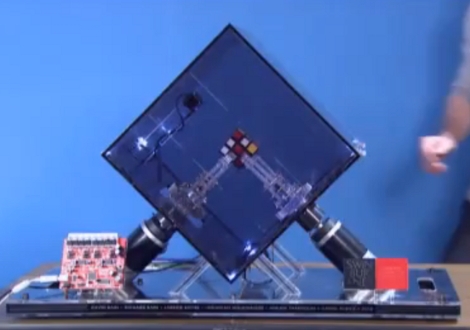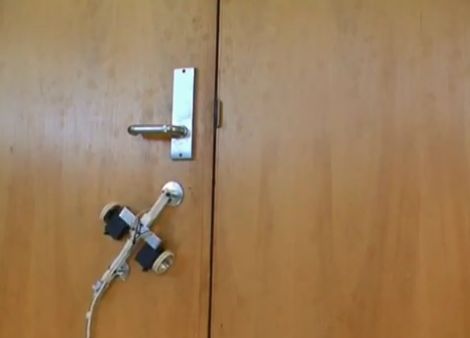
[Luis de Matos] is working on a neat Kinect project called Wi-GO that aims, as many do, to enhance the lives of individuals with disabilities. While the Wi-GO project is geared towards disabled persons, it can be quite helpful to the elderly and pregnant women as well.
Wi-GO is a motorized shopping cart with a Kinect sensor mounted on the back. The sensor interfaces with a laptop and functions much as you would as you would expect, scanning the area in front of the cart for objects and people. Once it identifies the individual it is meant to help, the cart diligently follows behind as the person goes about their typical shopping routine. The robot keeps a safe distance to avoid collisions, but remains within reach so that it can be used to carry goods.
If you take a look a the video below, you can see Wi-GO in action. It starts off by showing how difficult it would be for an individual in a wheel chair to use a shopping cart alone, and follows up by showing how much easier things are with Wi-GO in tow.
While the project is only in prototype form at the moment, we suspect that it will only be a matter of time until you see devices like Wi-GO in your local supermarket.
















